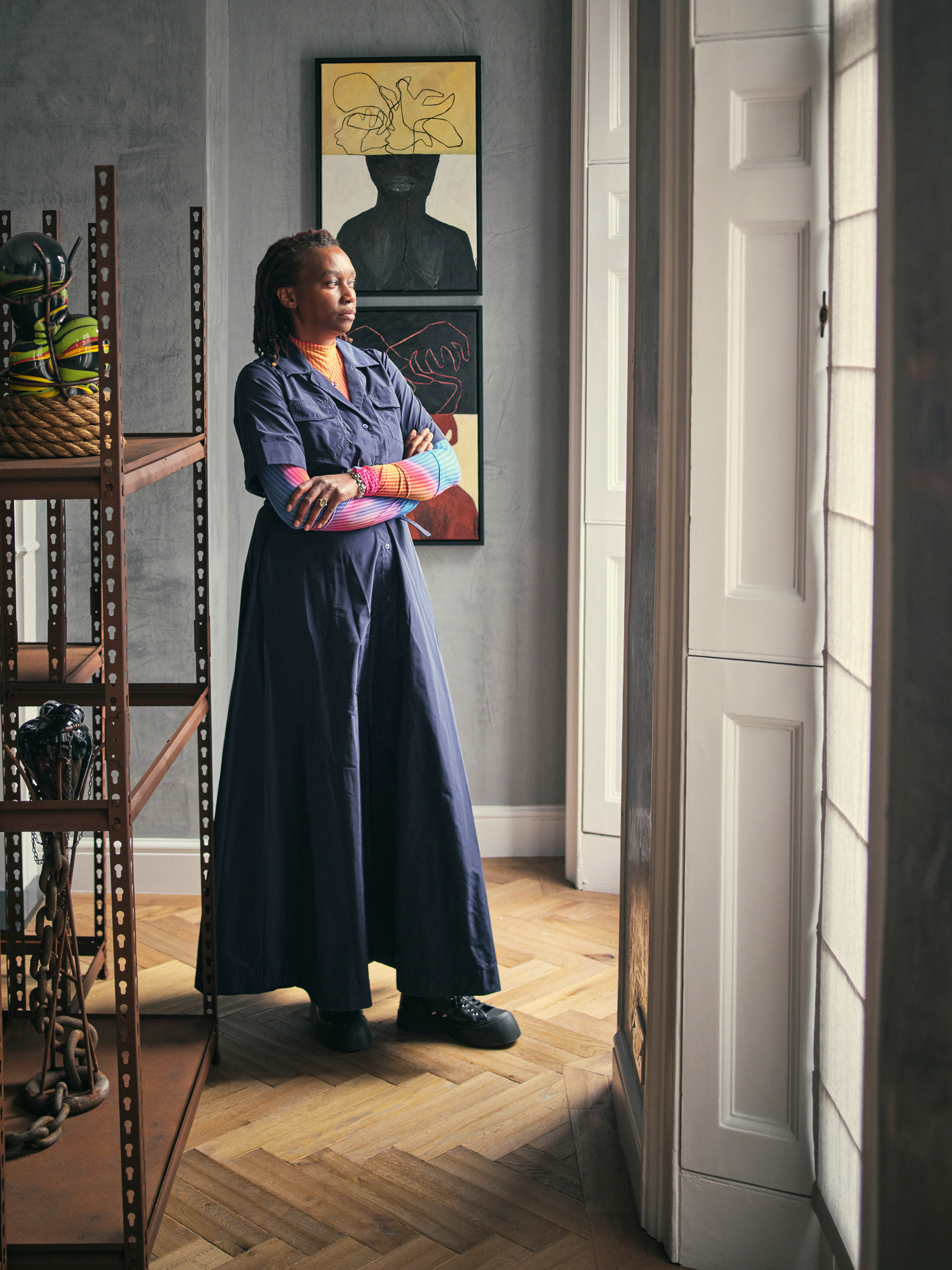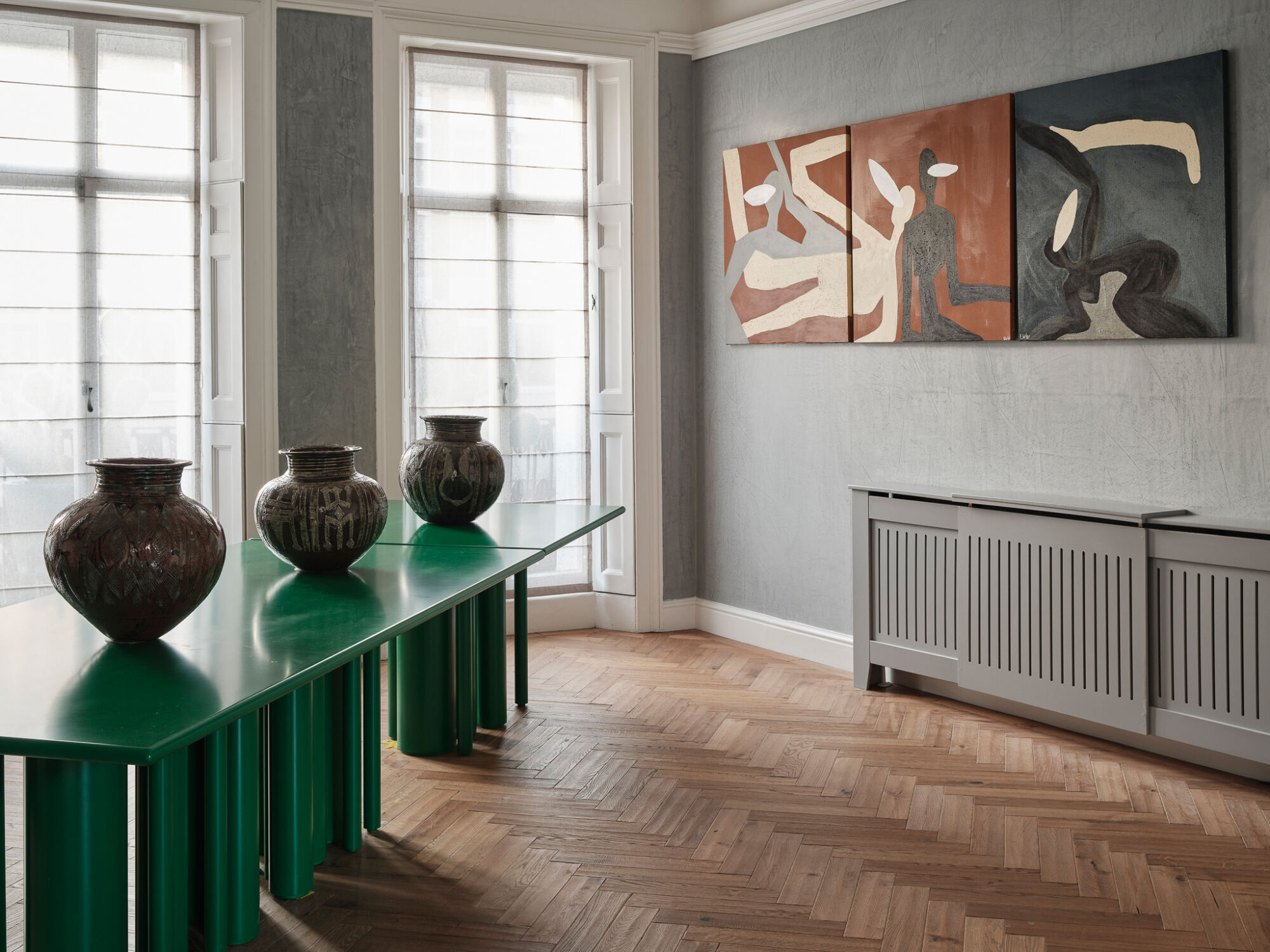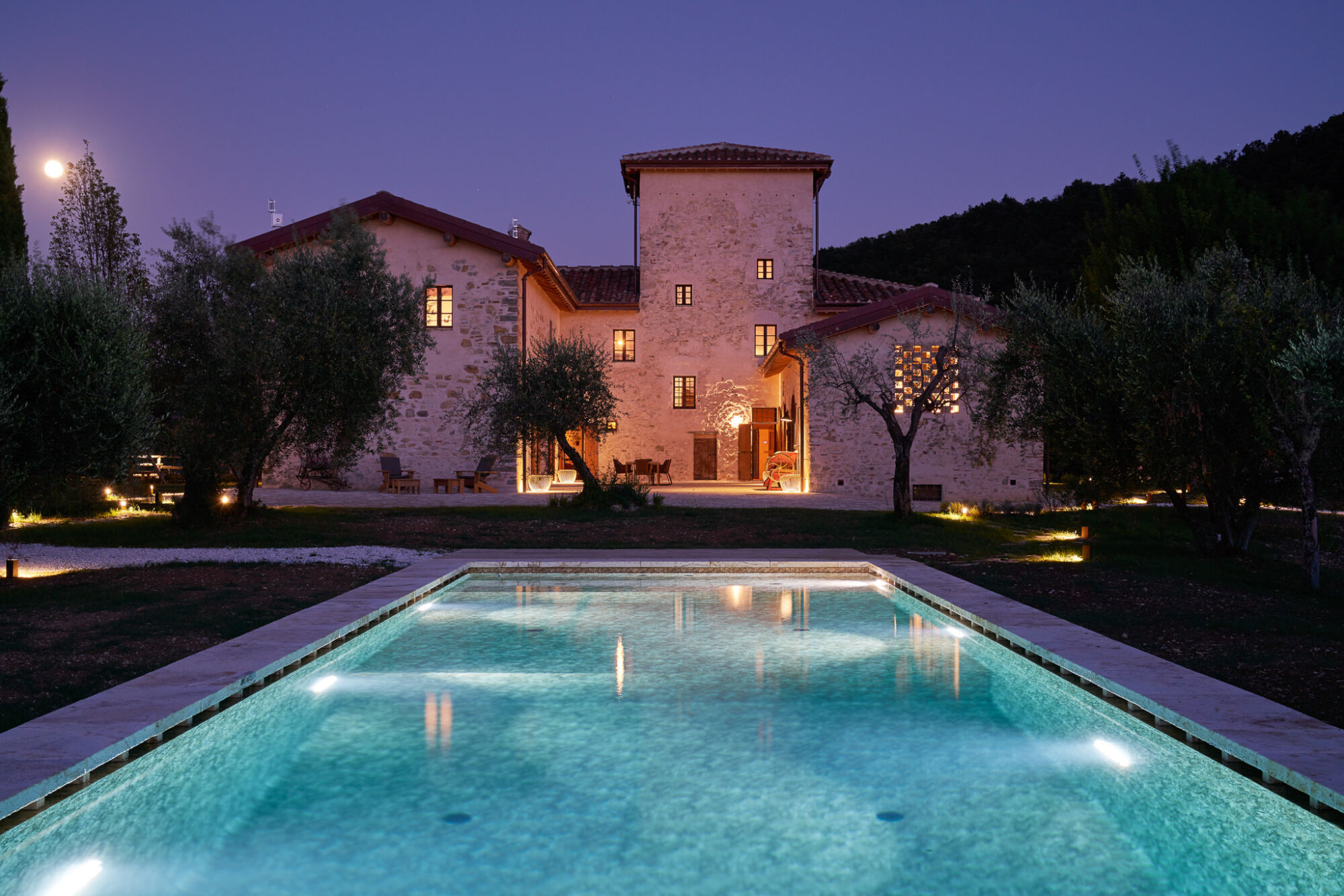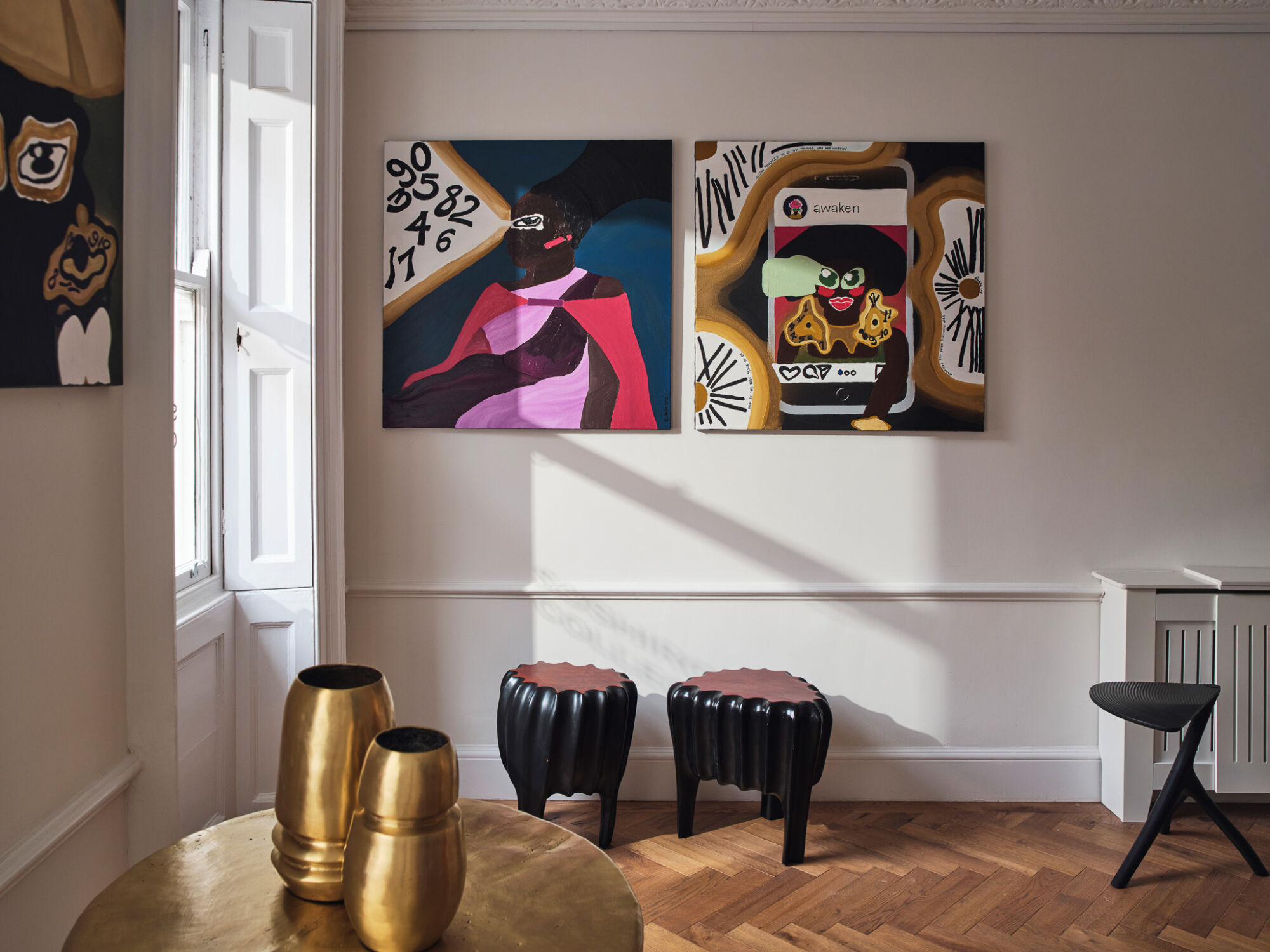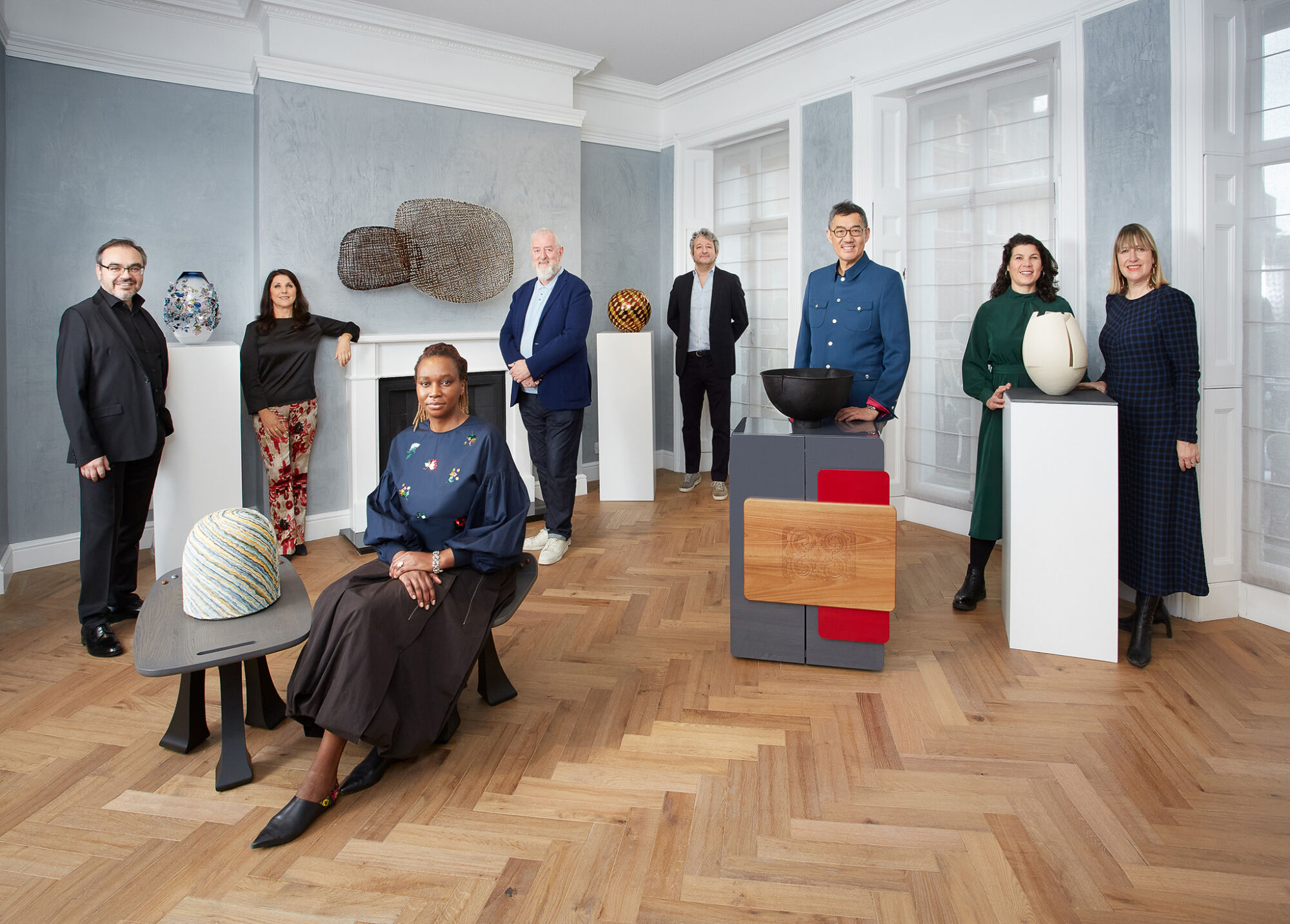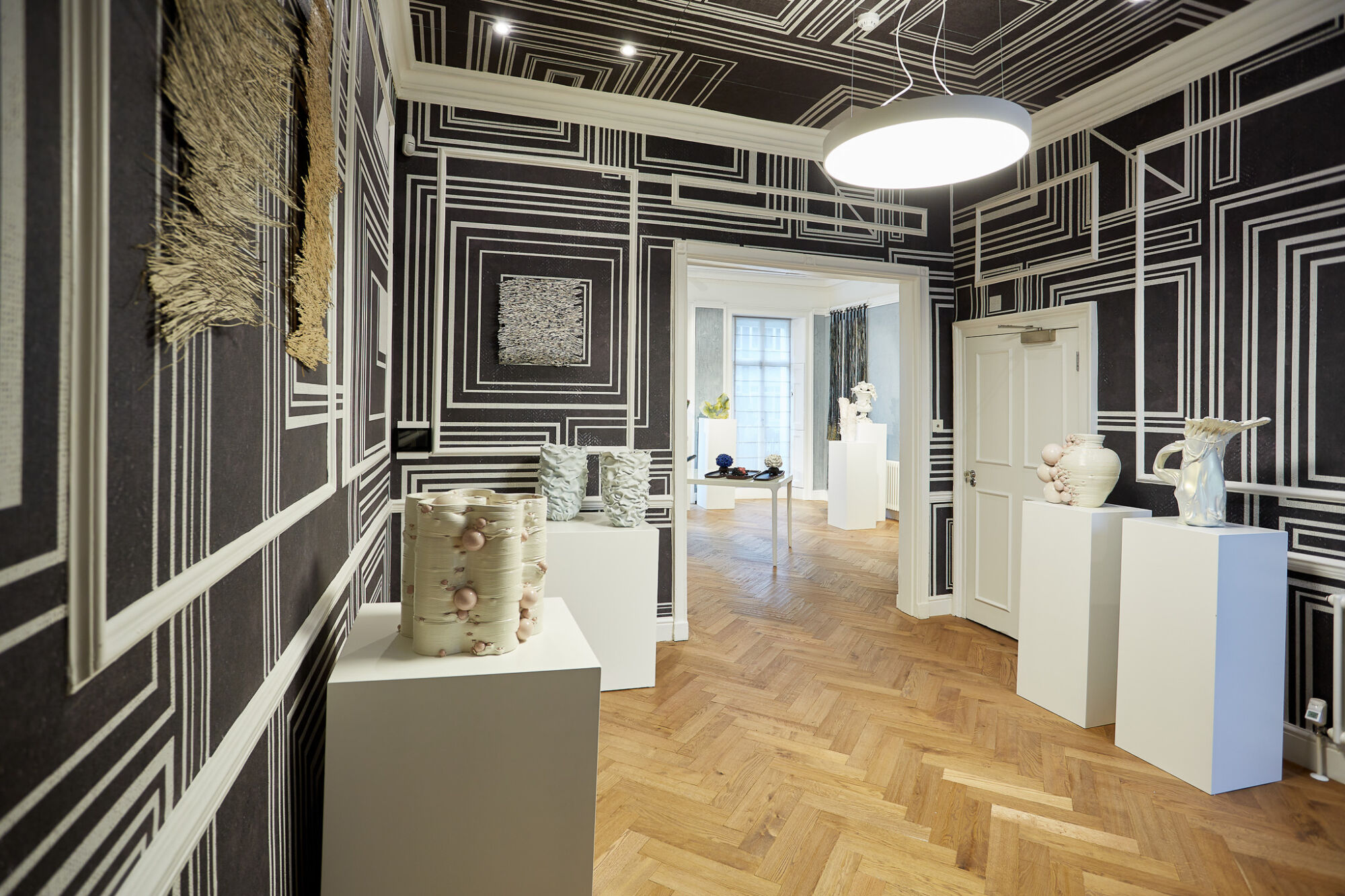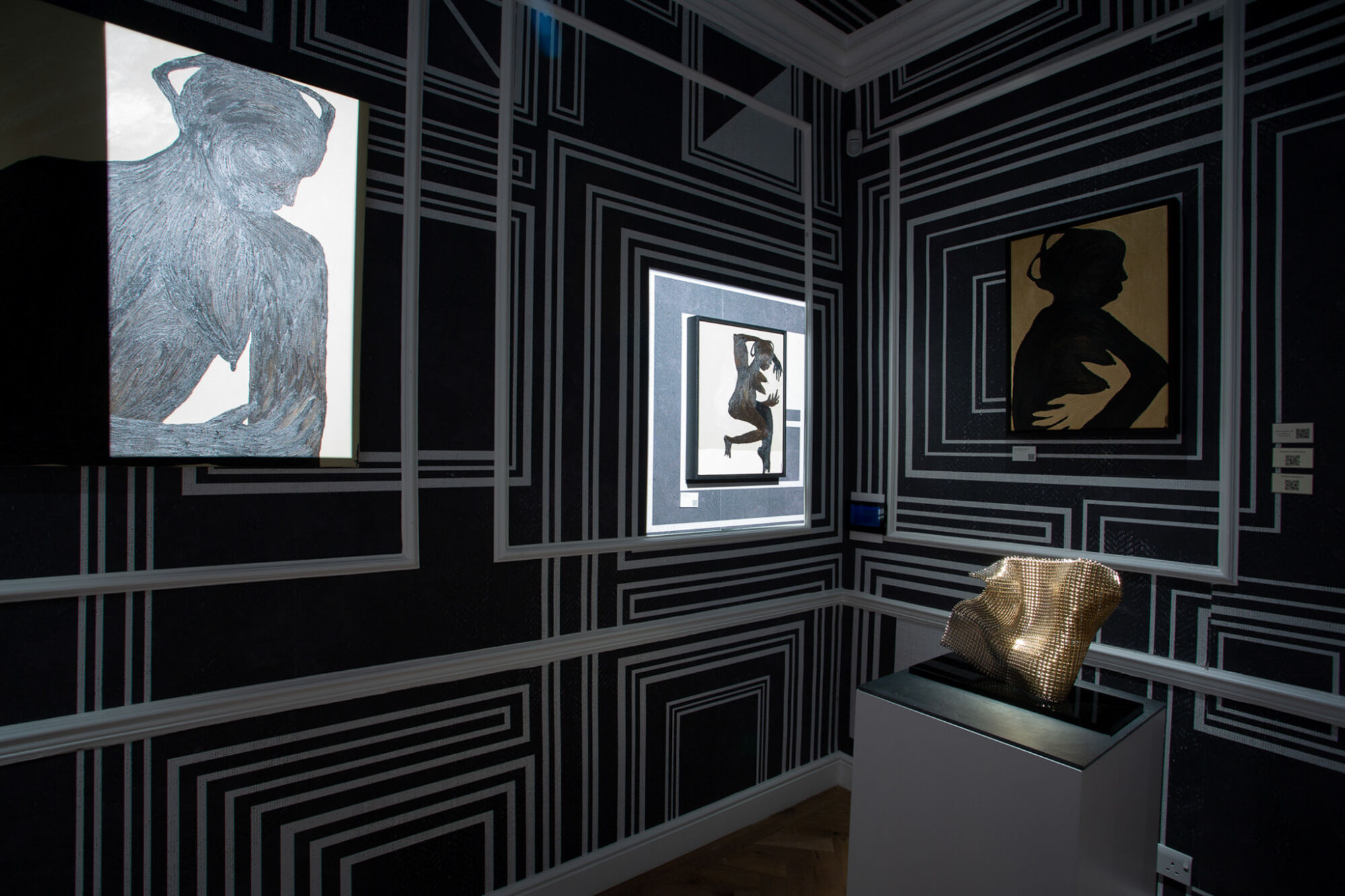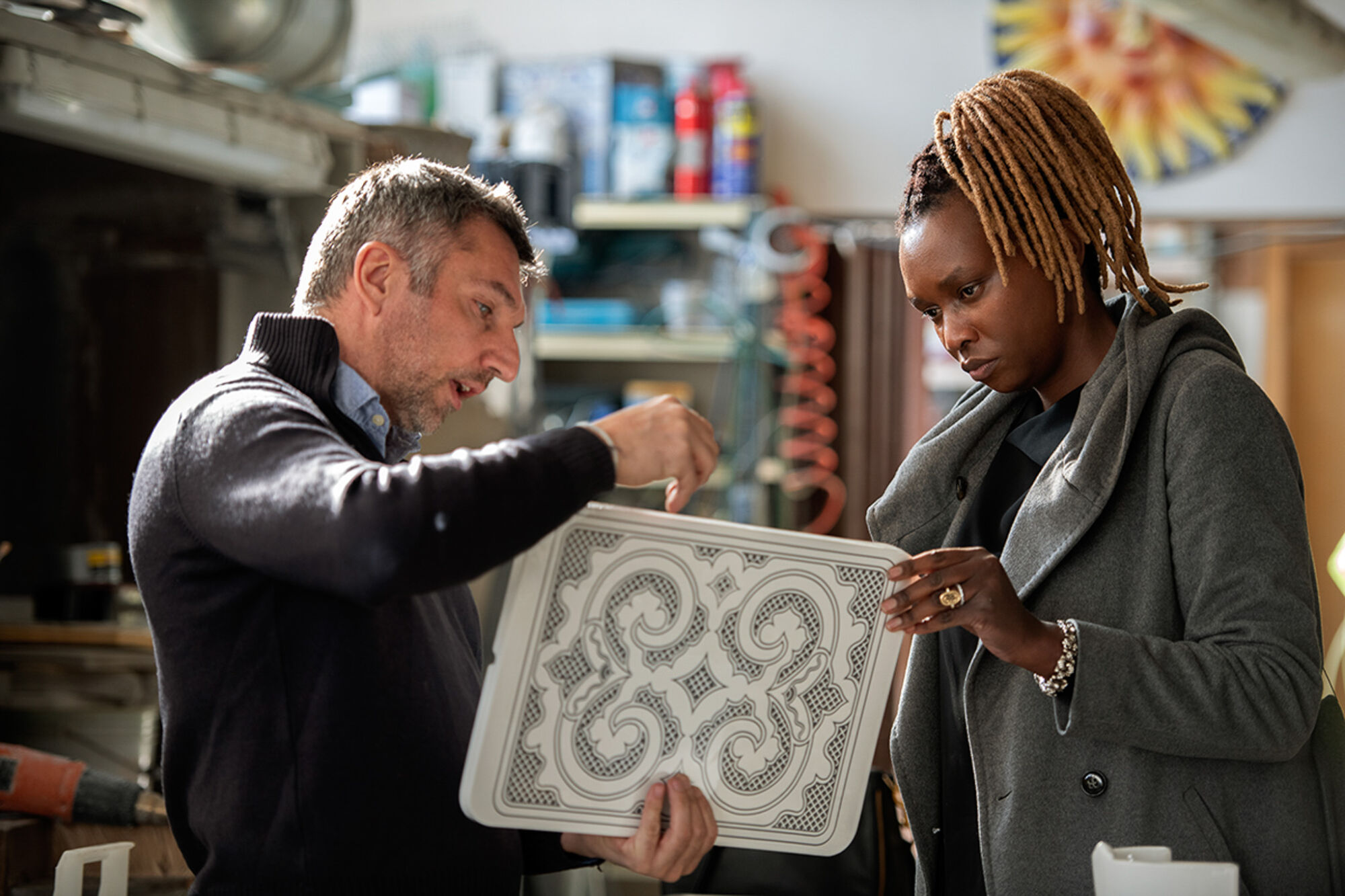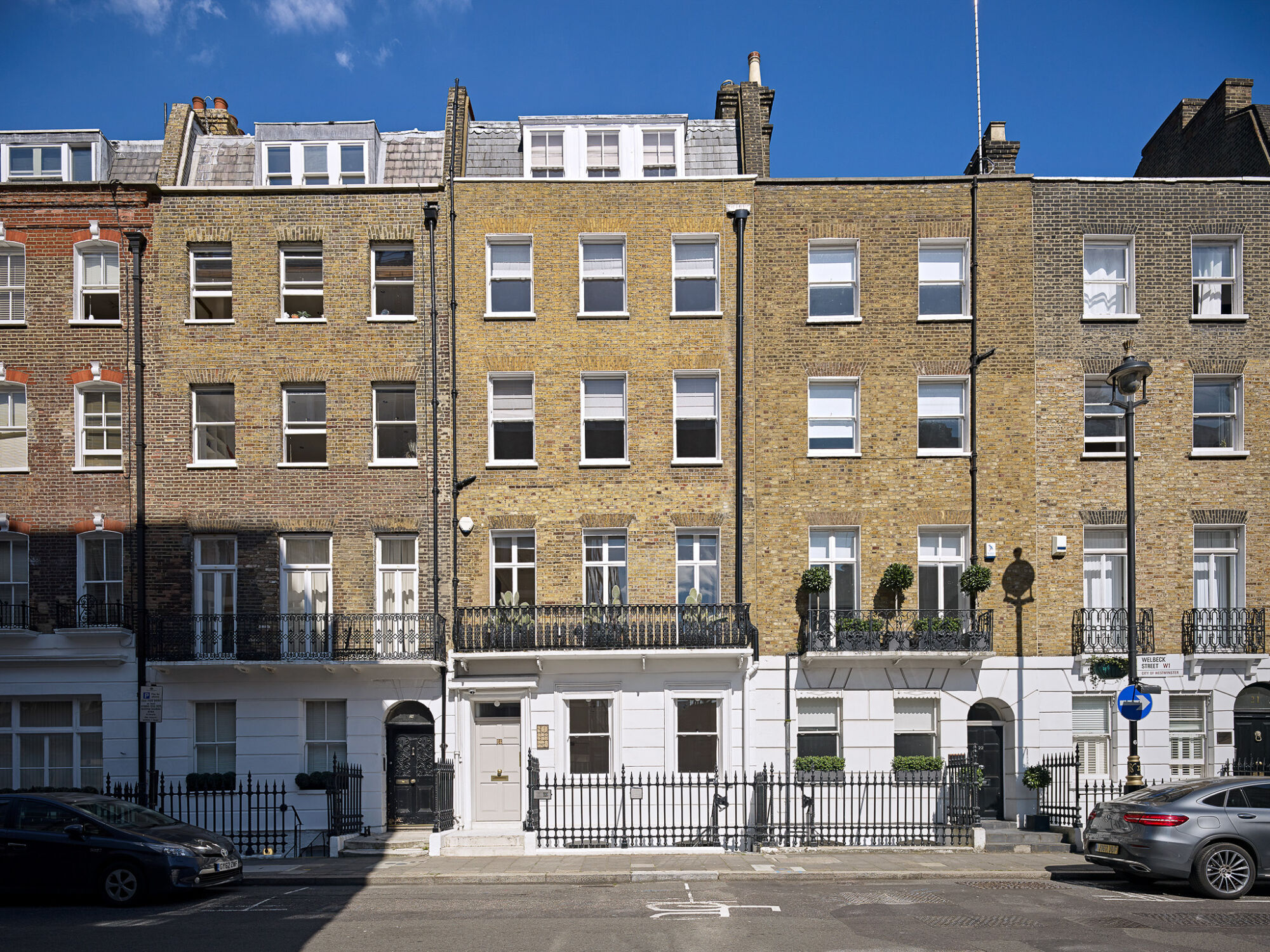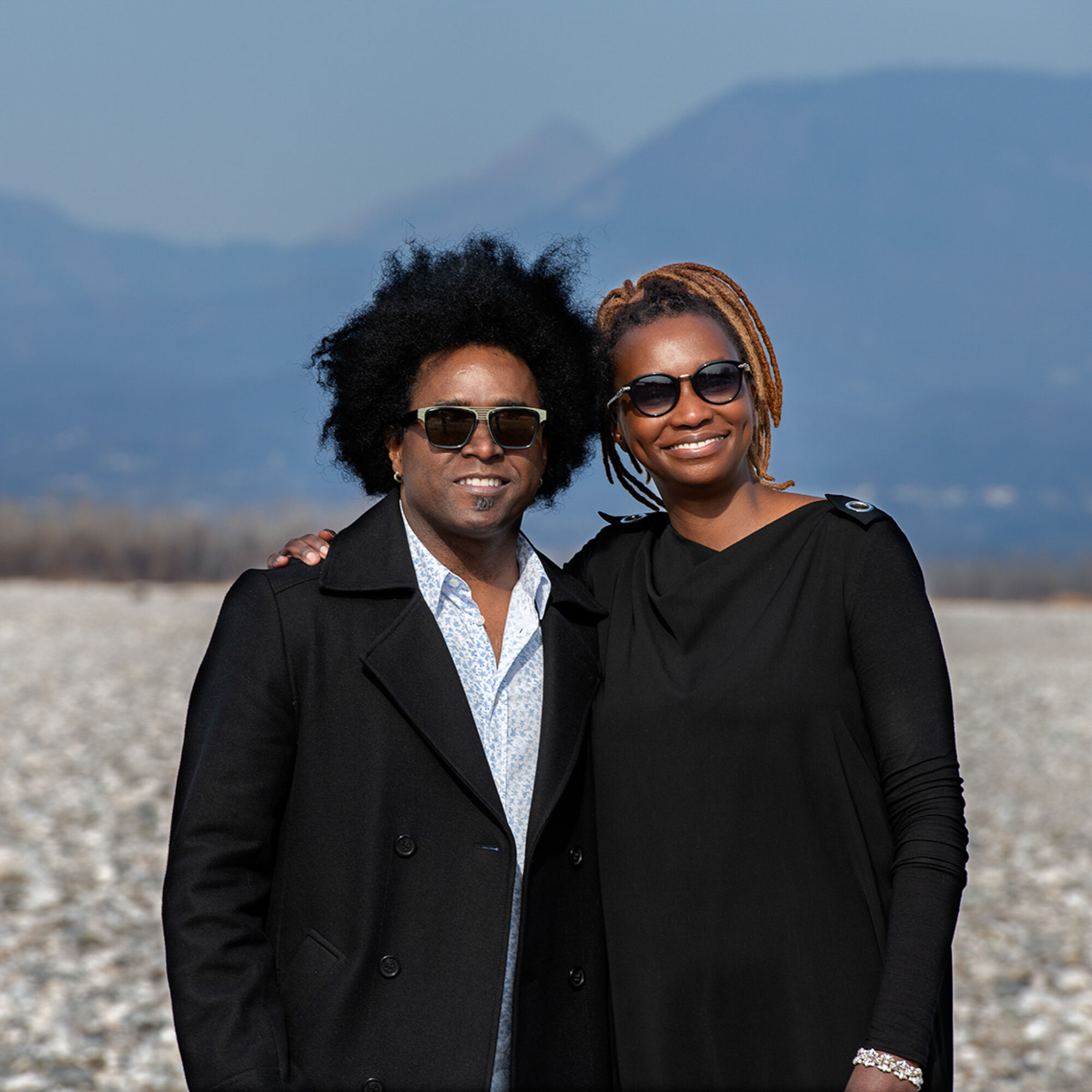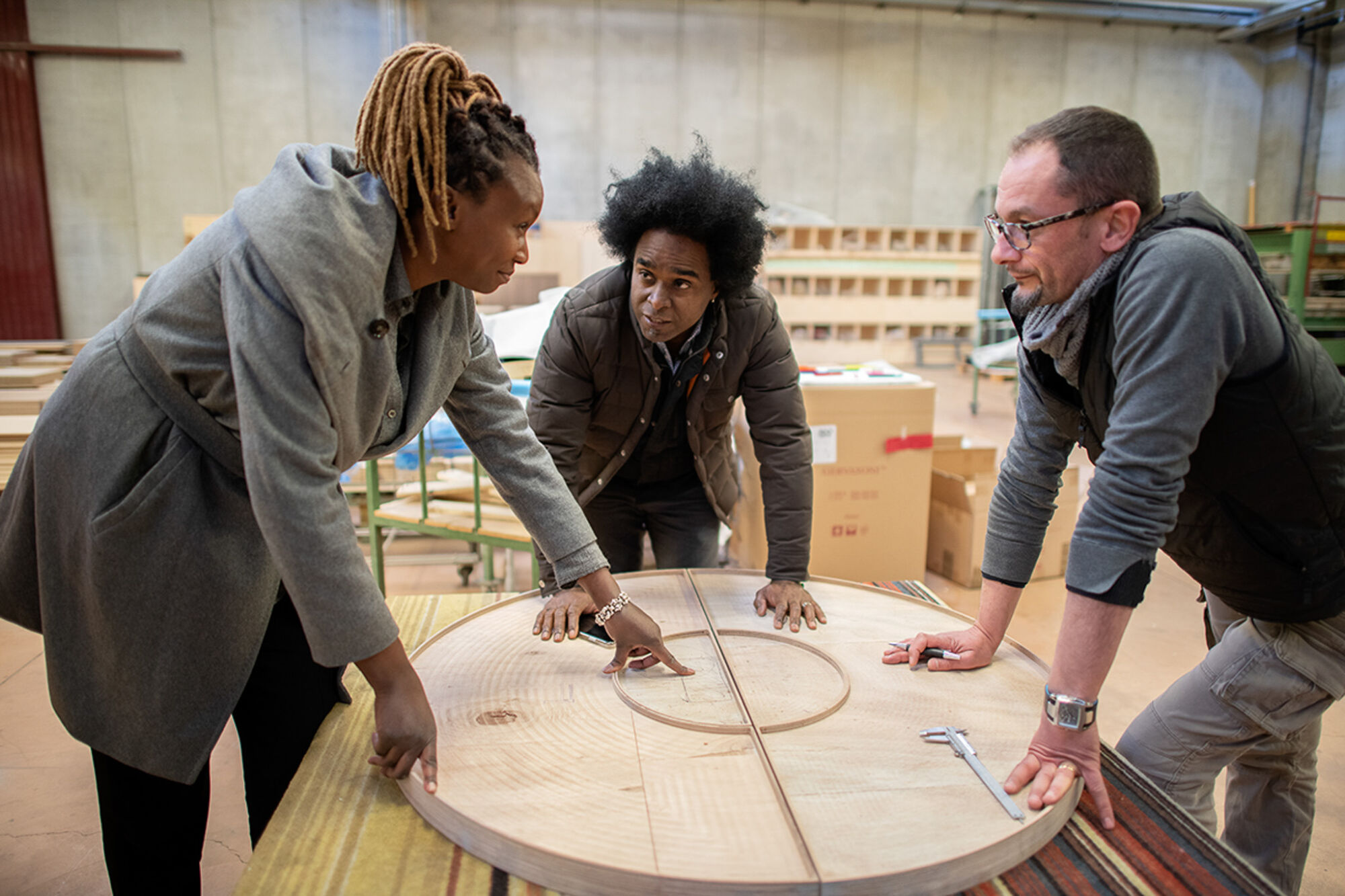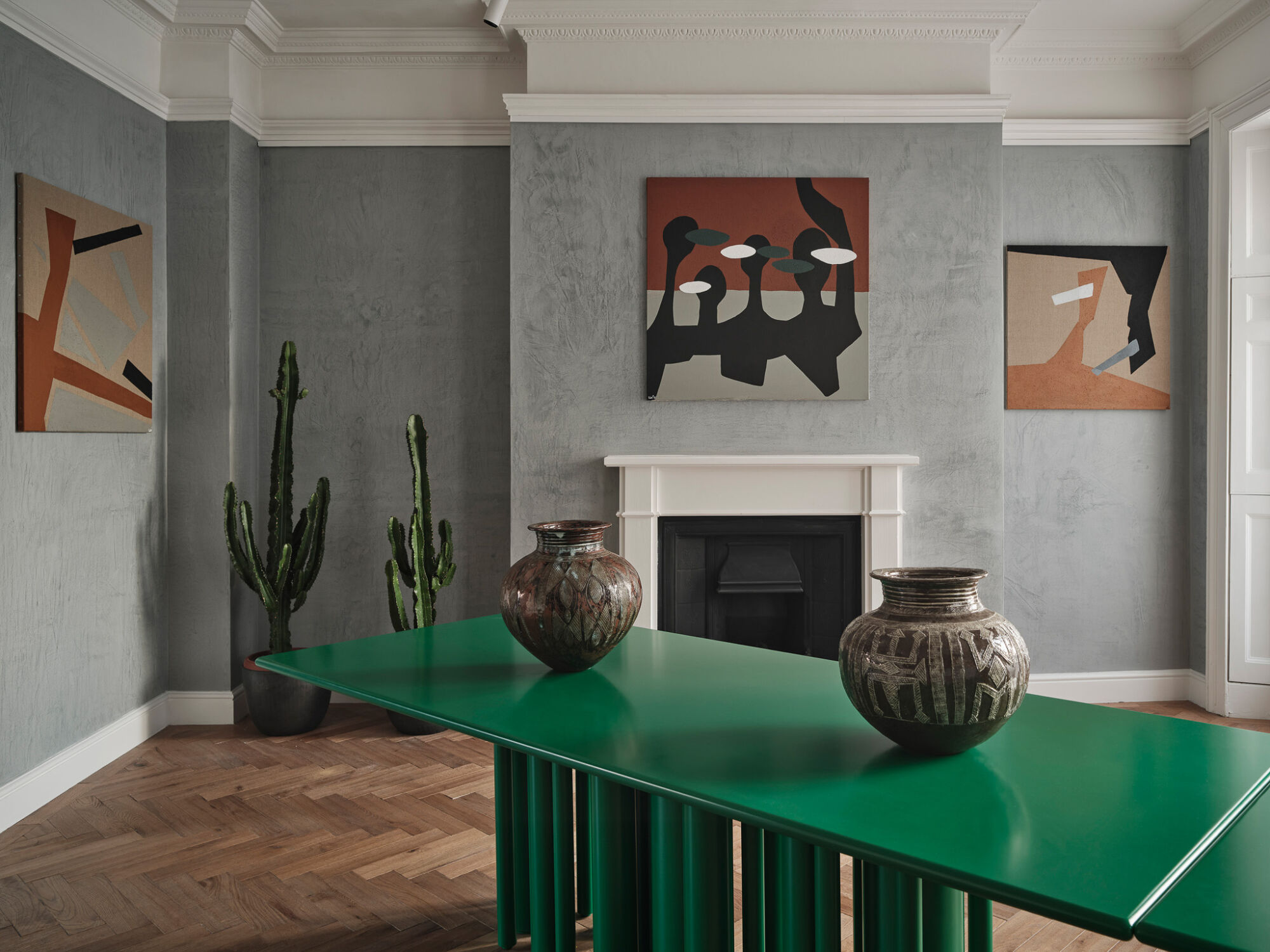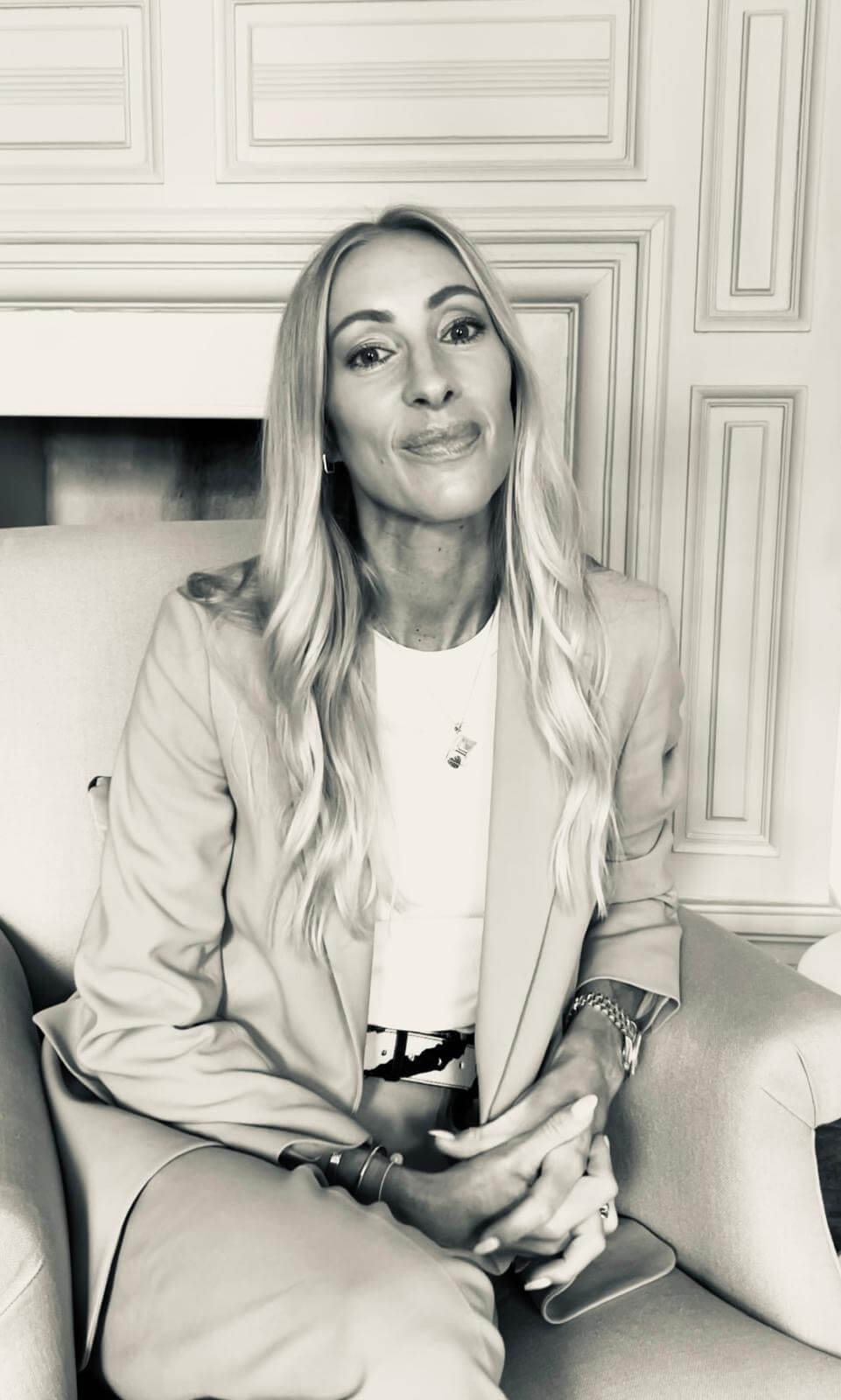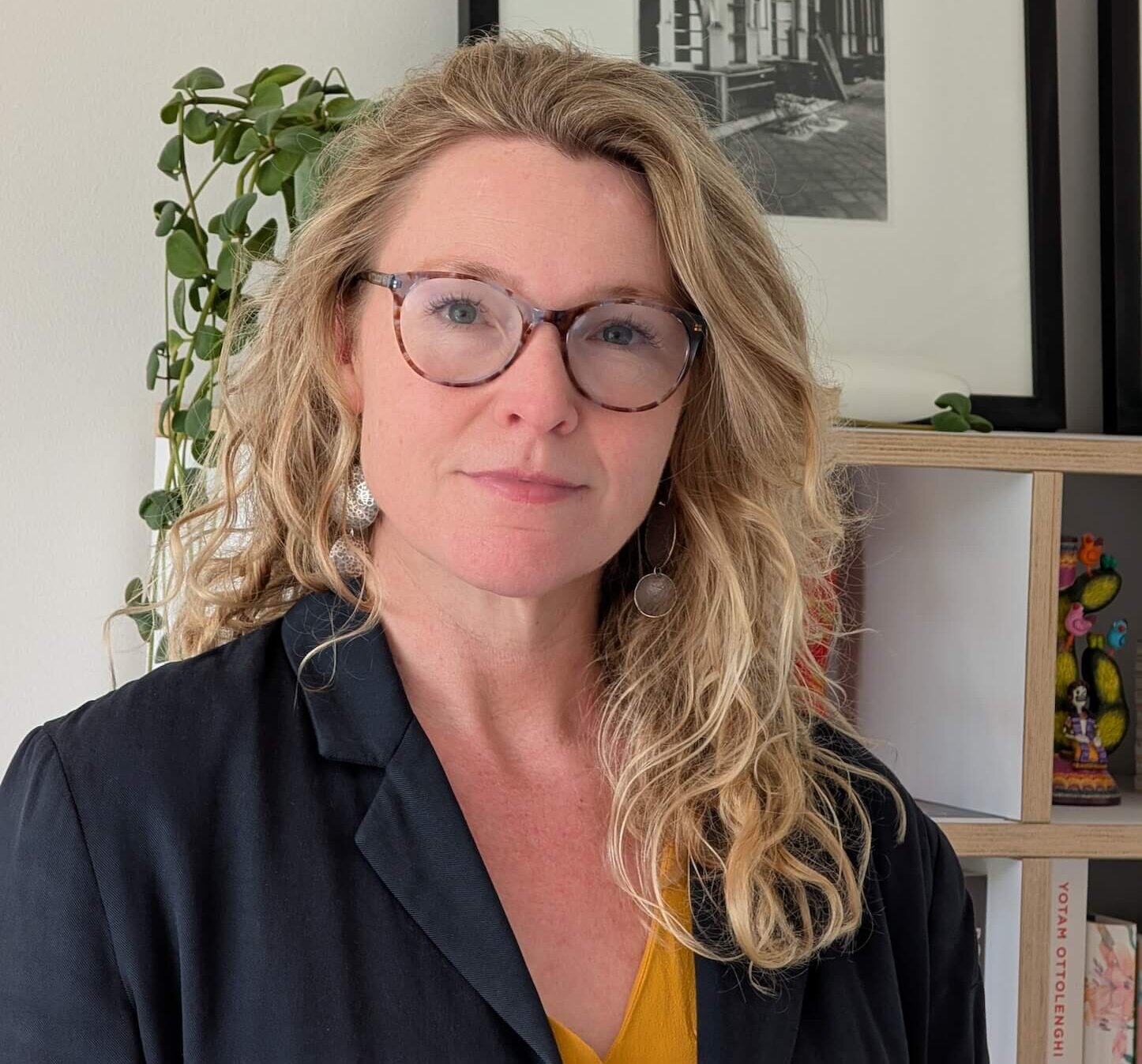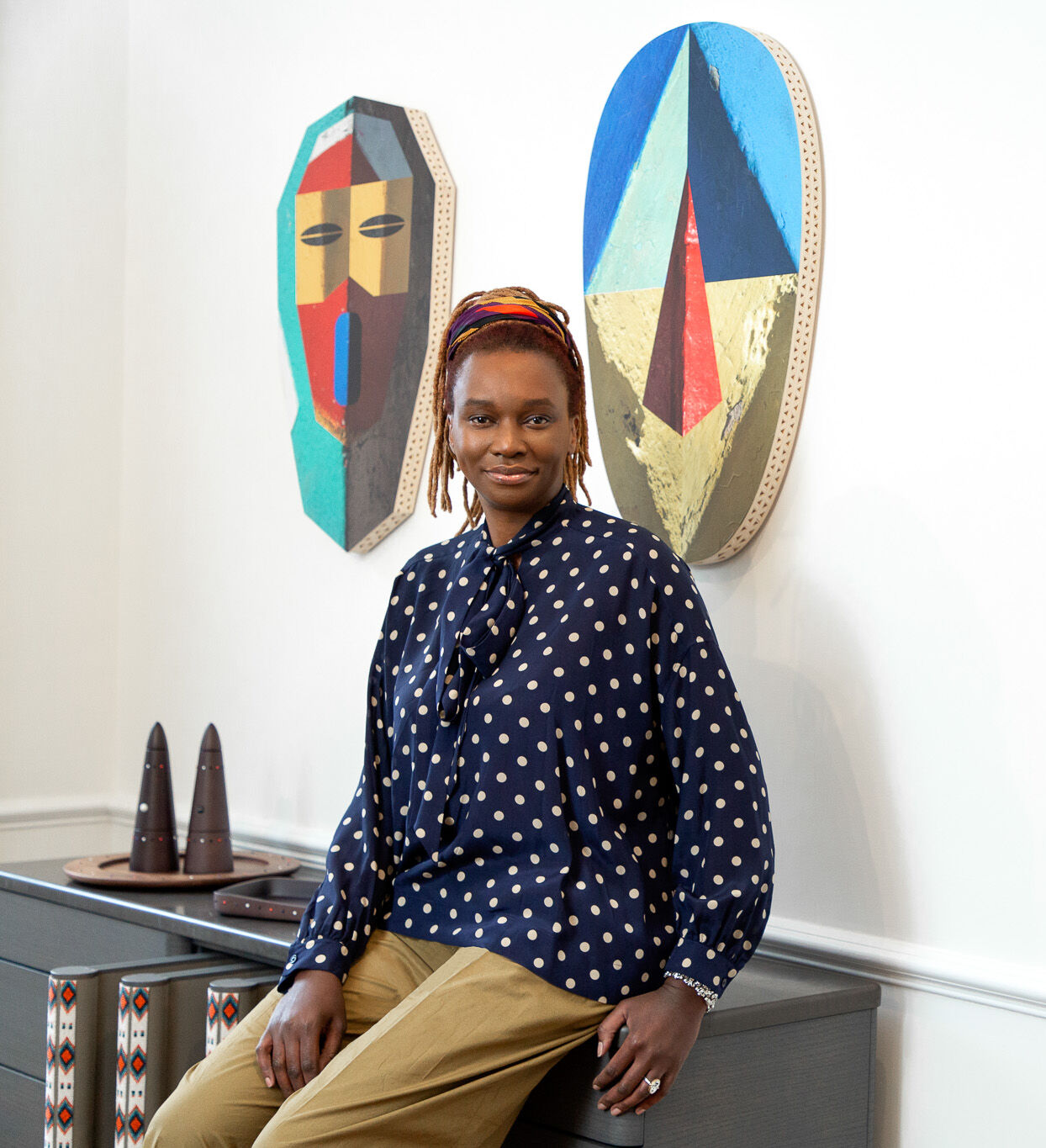

Interview Celebrated Curator Shiro Muchiri
To help make space for those that have previously gone unheard, she launched SoShiro in September 2020. Combining her love of art and architecture (she has also worked internationally as an interior architect), the collaborative platform, located in a five-storey Georgian townhouse in Marylebone, regularly hosts guest exhibitions, shows and private events. In just three short years, it has nurtured a global network of artists from craftspeople and fabricators in Kenya to Japan.
We found out what drives its driving force…
THE WICK: What makes you get up in the morning?
Shiro Muchiri:
My daily inspiration stems from the prospect of creating projects and experiences that will enable art lovers from around the world to continue learning about our rich and diverse heritage of creativity – from all parts of the world. The unifying ability of art is immeasurable, and a powerful tool that can educate us about each other, expanding our imaginations, perceptions and ultimately, positively influencing how we interact with each other.
My work and experience have taught me that there are always valuable lessons about humanity that can be learnt from exploring the different cultures in our world, and these lessons make us better human beings – we see further, empathise more and love more.
TW: Tell us about SoShiro.
SM: SoShiro is a collaborative platform, consultancy, event space and shop. Through our consultancy, we work with developers, architects, interior designers and brands to put together art-led proposals and experiences that connect built environments to communities and brands to new audiences. Our gallery space also serves as an inspiring event space for meaningful connection for corporates, cultural groups, and individual private events. Our space looks like a home and feels like a home, I often get asked if I live in the SoShiro gallery space! At SoShiro we also develop furniture collections with creative workshops, artists and designers. These storytelling collectible art pieces and future heirlooms are functional and available for sale through our gallery shop and partners.
TW: In which way does your Kenyan heritage inform your work?
SM: My Kenyan heritage is influential in my work in many ways. I was born and grew up in Nairobi where I return once or twice a year to visit my family. Nairobi is composed of different cultural communities – Indian, Arab, European etc., I was taught to embrace and enjoy all these different cultures. As I set up SoShiro, I also embarked on a project of developing a fragrance for the gallery space. The fragrance was inspired by my Kenyan roots and growing up in the Rift Valley, where nature’s vastness, the high skies and smell of soil and rain was ever present. My room and body fragrance, called Desert Colours Viridescent, was born out of these memories and experiences. The fragrance has a wild scent, with ingredients such as hay, patchouli and pink peppercorn notes to give an uplifting result.
TW: What is the exhibition or moment you are most proud of?
SM: It warms my heart that SoShiro has been able to bring art, craft and design in a different way to the art scene in London. Being able to offer a different way of interacting with art is the realisation of something I have always been passionate about. Seeing people relax and feel at home while they enjoy museum-quality art pieces is wonderful. The pieces are also within the context of a home, which gives a whole new and different experience. Great friendships and collaborations have been conceived in our space. The bringing together of curious, progressive individuals in the way that we do makes me feel proud of what we do.
“The unifying ability of art is immeasurable, and a powerful tool that can educate us about each other, expanding our imaginations.”
